On Thursday, I, a social scientist, donned a pair of borrowed rubber boots and made my way out into a salt marsh in Hamburg, Germany with other members of the NordSalt project consortium, mostly biologists and ecologists. The goal was to make greenhouse gas flux measurements. The NordSalt project assesses the nature, diversity, extent, and long-term changes of Nordic coastal marsh habitats, and greenhouse gas measurements are just one of the project’s many activities. But what was I, a social scientist who usually spends her days planning and executing workshops and designing surveys, doing in the field?
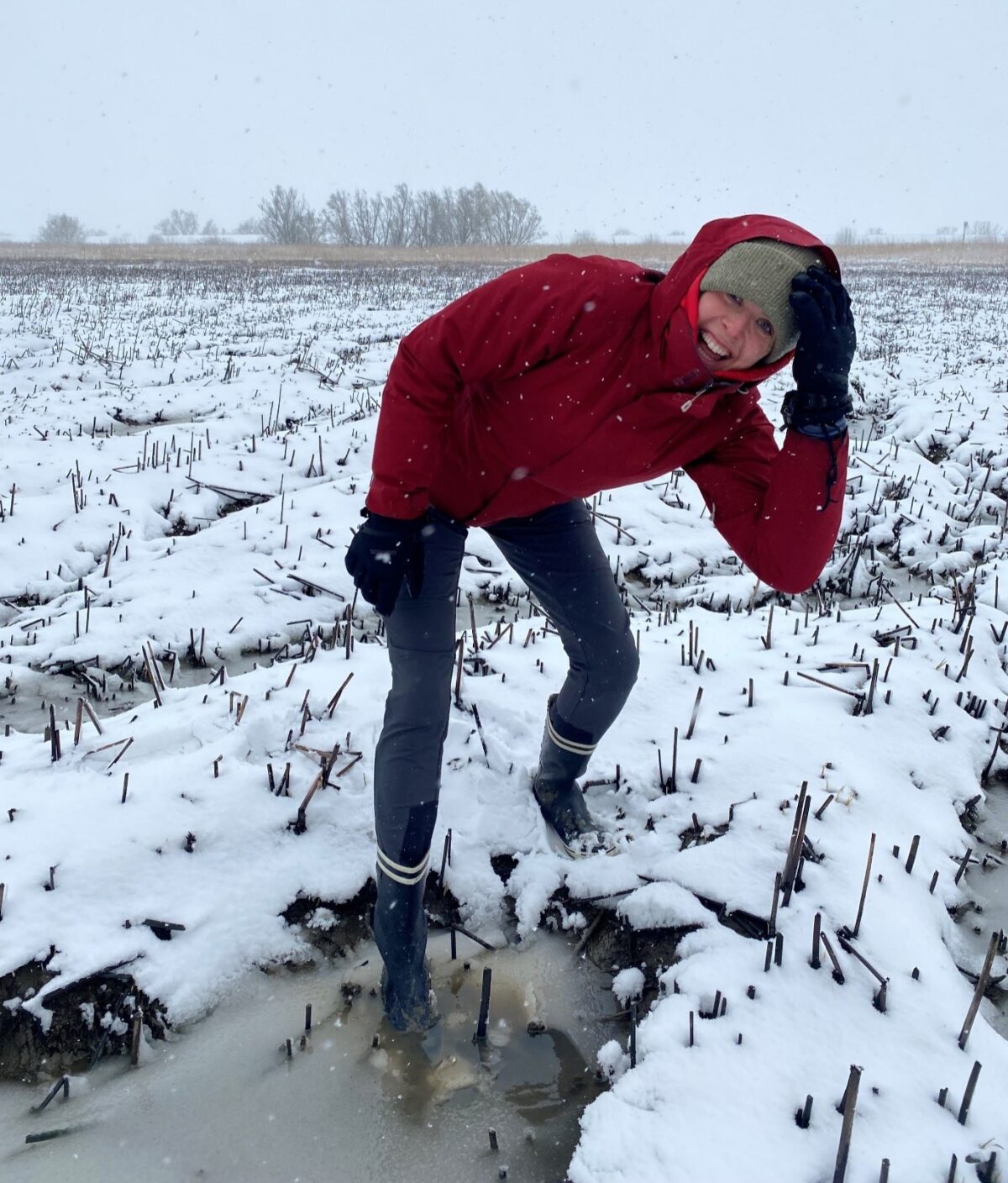
NordSalt is a perfect example of interdisciplinary work. The social science work, stakeholder engagement through workshops as well as a public perception survey, is well-integrated into the entire project, complementing the work conducted by the biologists and ecologists; it’s even placed in the project’s first work package. In the project, researchers often try on different hats – or in this case boots, with the social scientists taking part in field work and the biologists and ecologists helping to conduct workshops. With the European Union’s focus on stakeholder engagement in the Horizon Europe framework program, more and more projects receiving EU funding will be interdisciplinary – like NordSalt – mixing together social scientists with biologists, chemists, physicists, engineers, etc.
According to NordSalt Project Leader and Head of the Department of Biology at the University of Southern Denmark, Gary Banta, this type of interdisciplinary work can be highly beneficial, though it, of course, comes with its own set of challenges.
“If you’re looking at how to understand and solve a ‘problem’, if you can use that word, you need to approach it from more than one angle, one discipline,” Banta says. Looking at problems from different disciplines provides a more holistic understanding. While the benefit of interdisciplinary work is a greater understanding of the problem at hand, the challenge is finding common understanding.
“You have to work at developing a common language of understanding, and you have to learn to understand and respect other scientific disciplines when working in an interdisciplinary way,” Banta states.
So, what makes interdisciplinary work, well, work in the NordSalt project? While all specialists within our own disciplines, we are not afraid to cross-over and take on new roles. At the project meeting, I donned the rubber boots and dipped my toe into the salt marsh, literally. Being part of measuring greenhouse gasses and looking at the different warming experiments conducted to see how salt marshes respond to climate change, provided me with a greater understanding of the problem at hand. I take with me this understanding as I analyse the results of the workshops and create the public perception survey. While I will never be an expert in salt marsh research – that’s not my field – working side-by-side of the people in the projects who are, very much, experts in the field is important for my work in the project. Not everyone can participate in every meeting, in every experiment, but it is important to include researchers from different disciplines in activities that may not at first seem relevant for them. Dipping your toes, so to speak, into each other’s work creates a common language, and this common language is necessary for well-functioning and truly interdisciplinary work.
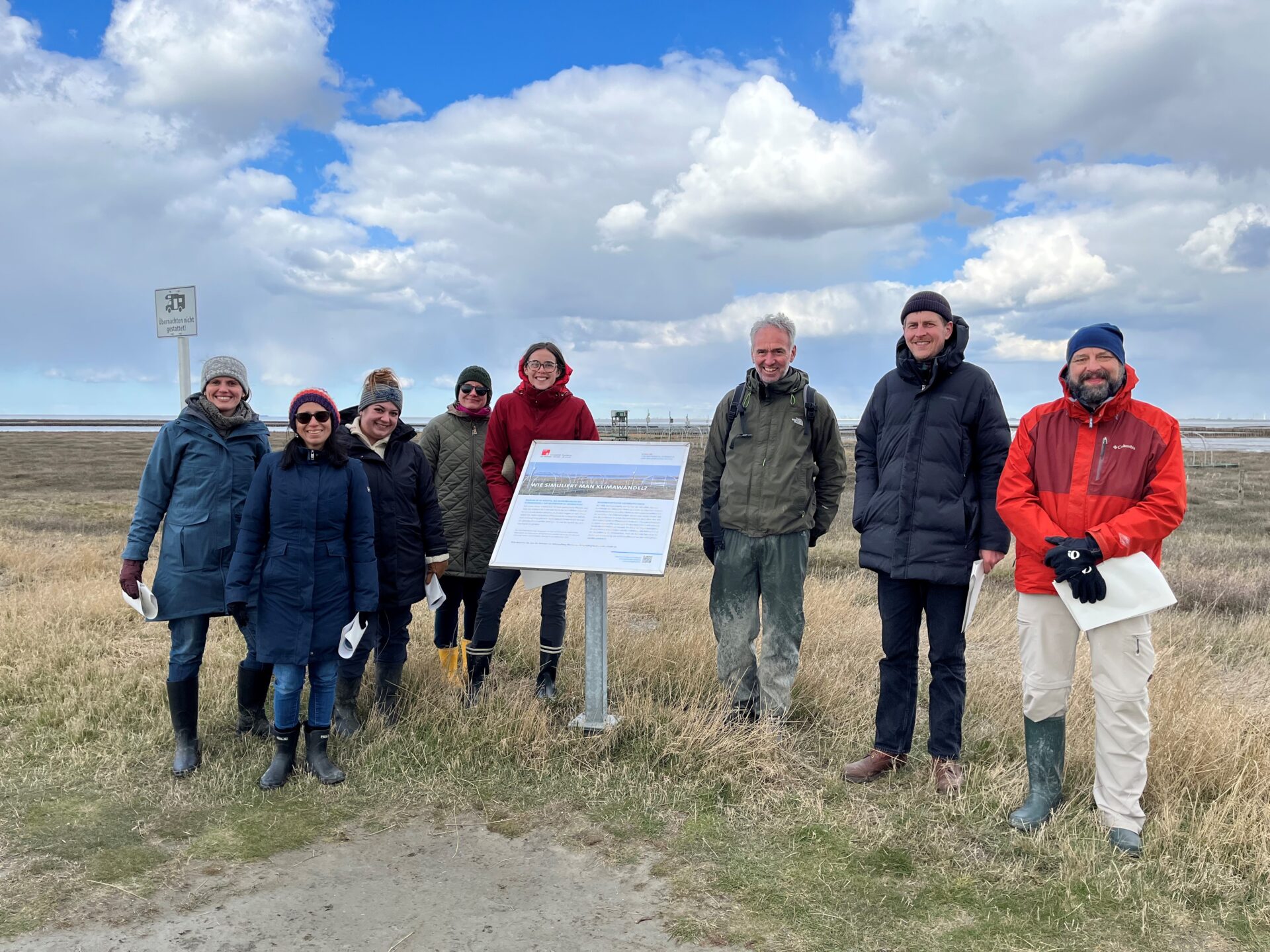

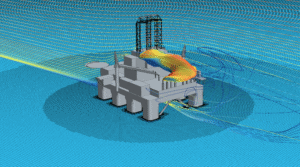

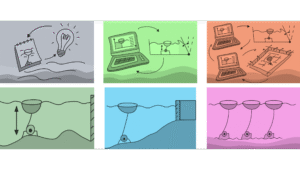

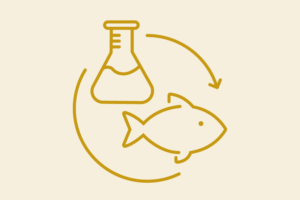



Comments
No comments yet. Be the first to comment!